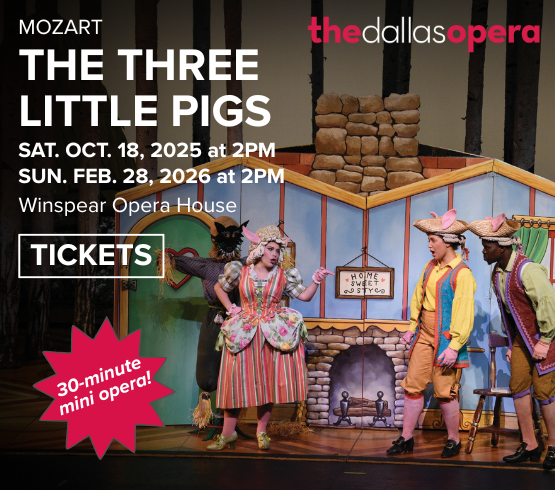Damaris Ferrer describes a bridge as a portal and any path or structure that serves as a connector. The Crossings is her global project which uses a massive, red fabric with eight elastic waistbands for eight movers as a catalyst. The Crossings is a group action that bridges the gap of difference and accessibility. The fabric moves around the world to whomever is willing to facilitate.
In March 2021, my daughter and I arrived at the Phil Hardberger Park where The Robert L. B. Tobin Land Bridge is located. The land bridge was constructed to reclaim native habitat and to provide a safe passage for wildlife. Everyone arrived between 9 and 9:30 AM. I was joined by friends who held some kind of ritual practice and understood the power and importance of land, earth, and relationship. I desired healing more than a spectacle. The participants were Erika Casasola, artist and curandera who arrived with her wife Anel Flores, activist, artist, and writer; Ceiba Ili, indigenous cultural educator and musician-activist from Centroamerica; Aimee Villarreal, associate professor of Mexican American studies at Our Lady of the Lake University and her partner Stephanie Hinojosa; and Rosie Torres, dancer-educator and activist.
We took turns carrying the duffel bag through the park to the other side of the land bridge. When we arrived there was a collective silence, everyone immediately engaged in a practice of calm and intentional observation of the environment and each other. I broke the silence with a reminder that this was a task and not a choreography. We were to put the fabric on and move from one side of the bridge to the other through the simple activity of listening and responding. Erika put on her ceremonial clothes. We took turns as she smudged and prayed over us. Rosie brought an additional offering of sunflower seeds.
As the morning went on, the bridge began to have more visitors, and some did not hesitate to engage by asking us what we were doing, commending us on our action, and even desiring to join us. Near the end, I turned around to face where we had come from and I saw a park ranger’s vehicle with two park rangers inside. They drove straight up to us where Erika and Rosie were situated, clearly intending to intervene. As the vehicle encroached on us, Erika stretched out her hand and ordered them; “Stop! We are not finished!” The visual of her, in her white and red ritual clothes, thrusting her arm towards the rangers and ordering them to stop, was potent. The rangers obeyed, allowing us to finish our crossing. We ended in a grove of trees and in leaning on them to rest, we managed to weave the fabric around the tree trunks. Erika was the first to come out of the fabric. She led a closing prayer, put out the fire, and we assisted her in burying it under a tree.

1 ⁄5
Rosie Torres, Heidi Ruvalcaba, Diana Lucas-Joe, Karen Ruvalcaba, Karina Ruvalcaba, Magaly Guerra, Jose Garcia, and Laura Tijerina in The Crossings/Brownsville, Texas at the Brownsville Border Wall. Photo by Anastasia Waltschew.

2 ⁄5
Amber Ortega (far left) Aimee Villarreal (center front), Rosie Torres (back left), Ceiba Ili (back right) in The Crossings/San Antonio at Robert L. B. Tobin Land Bridge, San Antonio, TX Photo by Stephanie Hinojosa.

3 ⁄5
Ceiba Ili (forefront), Erica Casasola (center), Aimee Villarreal (back left), Rosie Torres (back right), and Amber Ortega (behind) in The Crossings/San Antonio at Robert L. B. Tobin Land Bridge, San Antonio, TX. Photo by Stephanie Hinojosa.

4 ⁄5
Simona Medolago, Sara tremolizzo, Marialice Tagliavini, Tommaso Linzalone, Laura Cicognani, Ivana Casabona, Carola Maternini, and Elisabetta Silas in The Crossings/Milan, Italy at Orto Comune di Guaarda. Photo by Marta Castelli.

5 ⁄5
Valeria Guevara, Emily Mendez, Heidi Ruvalcaba, London Luna, and Gerardo Flores in The Crossings/Reynosa Tamaulipas, Mexico, at La Playita Reynosa. Photo by Angel Ponce.
Currently the fabric is in Taiwan. The Crossings has occurred 15 times in 7 countries and will continue for as long as it is needed.
—AMBER ORTEGA




